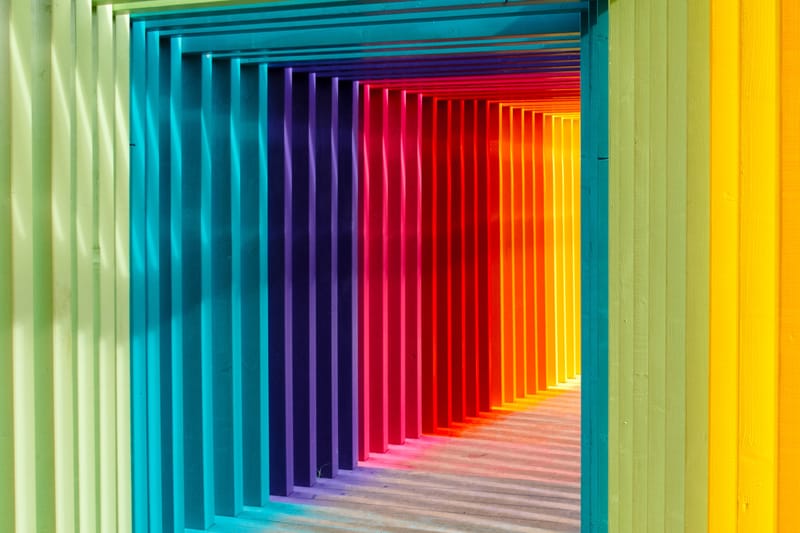Interior Design

Interior design helps to enhance the interior of a building by achieving a more aesthetically pleasing environment for the people using the space. It is important to properly plan, research and coordinate the different finishes of a project. There is an emphasis on planning, functional design and the effective use of space. When working through the interior design it is important to consider the arrangement and basic layout of the various spaces within a building as well as properly understanding some of the more technical issues such as window and door locations, acoustics, daylighting and structure. While it is possible to introduce and create new spaces by building partition walls, load-bearing walls cannot be altered without consulting with the architect or structural engineer.
Good interior design requires the participation of highly skilled professionals that help create interior environments that are not only functional but are also safe and adhere to the local building codes and regulations. It is important to consider aspects beyond the selection of colors and furnishings such as basic knowledge of construction documents, occupancy requirements and sustainable design principles. One must also be aware of and familiar with the management and necessary coordination of other professionals including mechanical, electrical, plumbing and structural engineers. It is necessary to approach all interior design this way to ensure that people can live, work and enjoy the space they occupy by making it aesthetically pleasing.
Formal interior design is a creative profession that is constantly evolving. It relies on the research of many different products and materials. Aside from product and material selections, color can be used as a powerful tool when decoration a space. Interior design can be thought of the art of composing and coordinating colors to create a style inside the architecture of a space.
Interior design requires a good working knowledge of colors and a thorough understanding of their psychological effects. Color can be used not only to set mood but also to define separate spaces and for wayfinding. This means different colors can be used in different locations in order to separate and define them not only physically but also psychologically.
Combining colors and furnishings results in developing a certain feeling for the person experiencing the space. This can be either a positive or negative experience. Colors and materials can make a room feel calm, cheerful, comfortable, stressful, or dramatic. In the same way the correct selection and combination of colors and materials can make a relatively small room seem larger or a large room seem smaller. It is the responsibility of the professional to choose appropriate colors and materials for a space so the people that use that space are comfortable and enjoy being in it.
For residential design this process is very specific for individual situations. It solely depends on the needs and wants of the client. It is important to start the project with a good understanding of the client’s aesthetic and stylistic preferences. This information needs to be discussed and taken into consideration from the initial planning stage of a project regardless of the size and scope of the job. Developing a good interior design is a very involved process that cannot be rushed or haphazardly put together. It must be given the time it deserves and fine-tuned throughout the design phase as it helps realize the clients vision for the space that has been created.